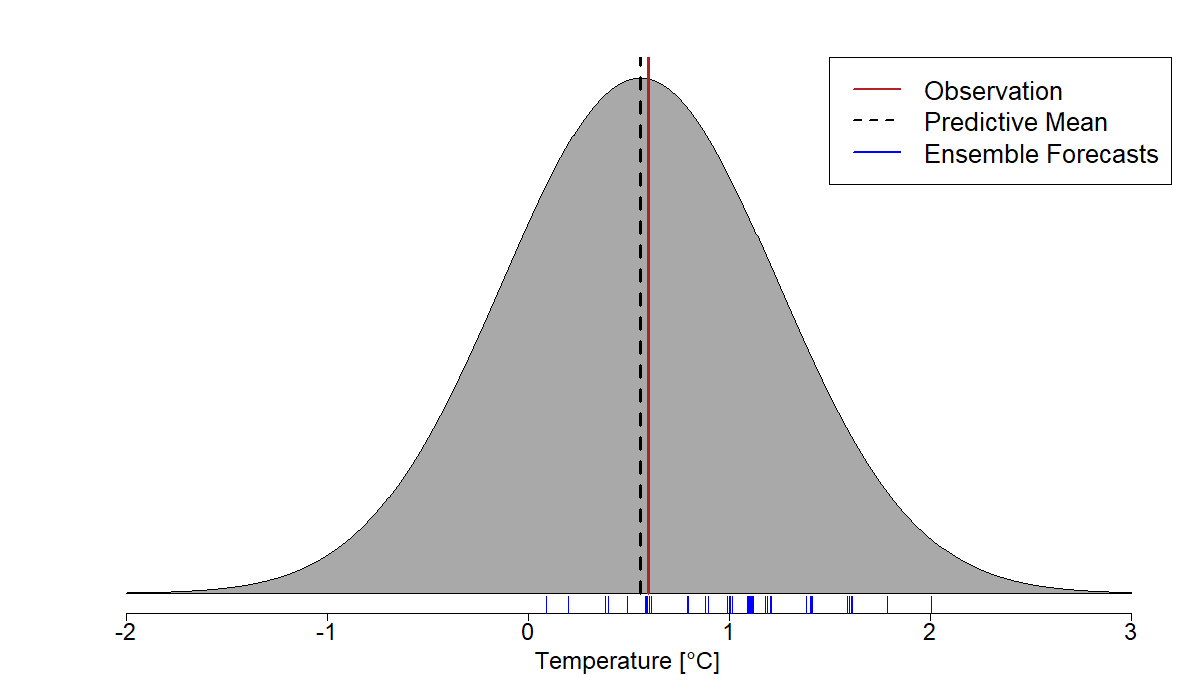Please use Capitalization for the Article Title#
Introduction to Content of the Article#
To make the article more readable please create sections and sub-sections instead of writing everything in one long text block, and use headings for sections and possibly even for sub-sections as indicated here. This section has the heading Introduction to Content of the Article. You can introduce a section heading with two ##. It looks consistent if you also capitalize the headings of each section. Next we start a sub-section called Example of Sub-Section with Citations.
Sub-Sections with Citations#
You can introduce a sub-section heading with three ###. It looks consistent if you also capitalize the headings of the sub-section. Furthermore, you can emphasize certain expressions, words, or sentences by setting the font to bold or italic.
If you wish to cite something, please do not add the citation manually to the text, but use the cite command, as in [Kalnay, 2003]. If you wish to cite two or more references as a list in your text you can do it as in [Gneiting and Raftery, 2005, Leutbecher and Palmer, 2008] by using appropriate citation commands.
Referencing other Articles within the UQ Dictionary#
You should set links to other articles related to the contents of yours. This could be for e.g. explaining methods that you apply in your case study. This is how you can set a link to another article, for example to UQ in Earth System Sciences.
Adding a Figure within the Text#
Please add figures to your text in order to illustrate your results or a method. Below is an example how to incorporate a figure. Please put the .png file of the figure into the folder figures in the UQ book in Gitlab, possibly in your own sub-folder. In this example the folder for the figures of my article is called weather_prediction. Two of the below given features in the incorporation of the figure are required by the POs to be used by you:
Use the argument :name: to provide an automatic reference and figure number within the complete dictionary. Do not set a manual figure number!
Add a caption by simply providing the respective text at the end after all arguments
To reference the figure in the text you can use the command
fig_prob_forecast, please always make an automatic citation of your figure, do not provide a figure number manually!
You can also use the above format to create lists within the (sub)-sections.
Please also refer to the already existing templates for more details on specific issues such as incorporating figures, mathematical formulae or code chunks. The master template guides you to further templates on specific issues.

A predictive normal distribution obtained by the EMOS model. While the raw ensemble forecasts (blue) are not calibrated with respect to the observation (red), the postprocessed probabilistic forecast is centered with respect to the observation and its predictive mean (dashed black) is close to the observation.#
References#
- GR05
T. Gneiting and A. E. Raftery. Weather forecasting with ensemble methods. Science, 310:248–249, 2005.
- Kal03
E. Kalnay. Atmospheric Modelling, Data Assimilation and Predictability. Cambridge University Press, 2003.
- LP08
M. Leutbecher and T. N. Palmer. Ensemble forecasting. Journal of Computational Physics, 227:3515–3539, 2008.
